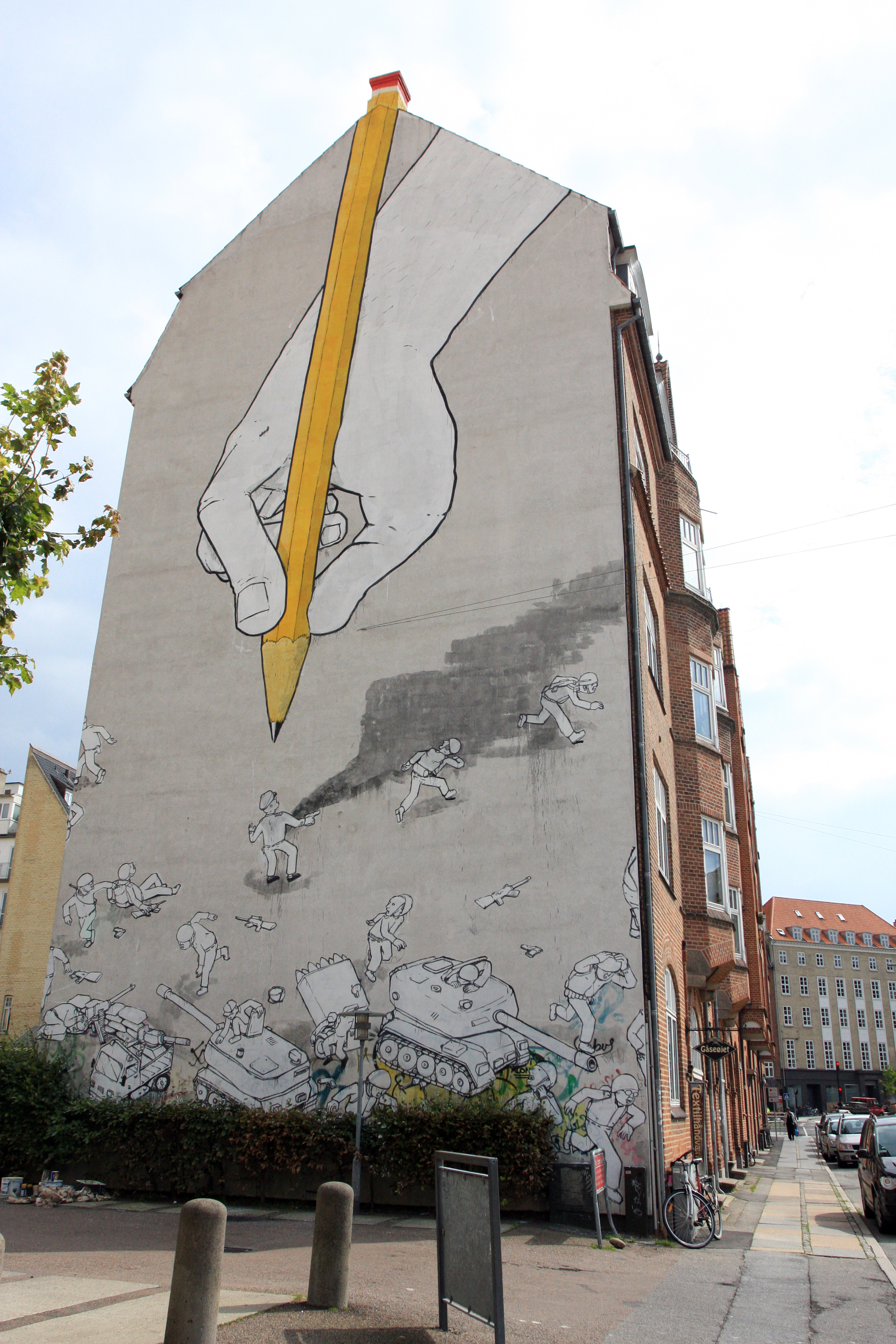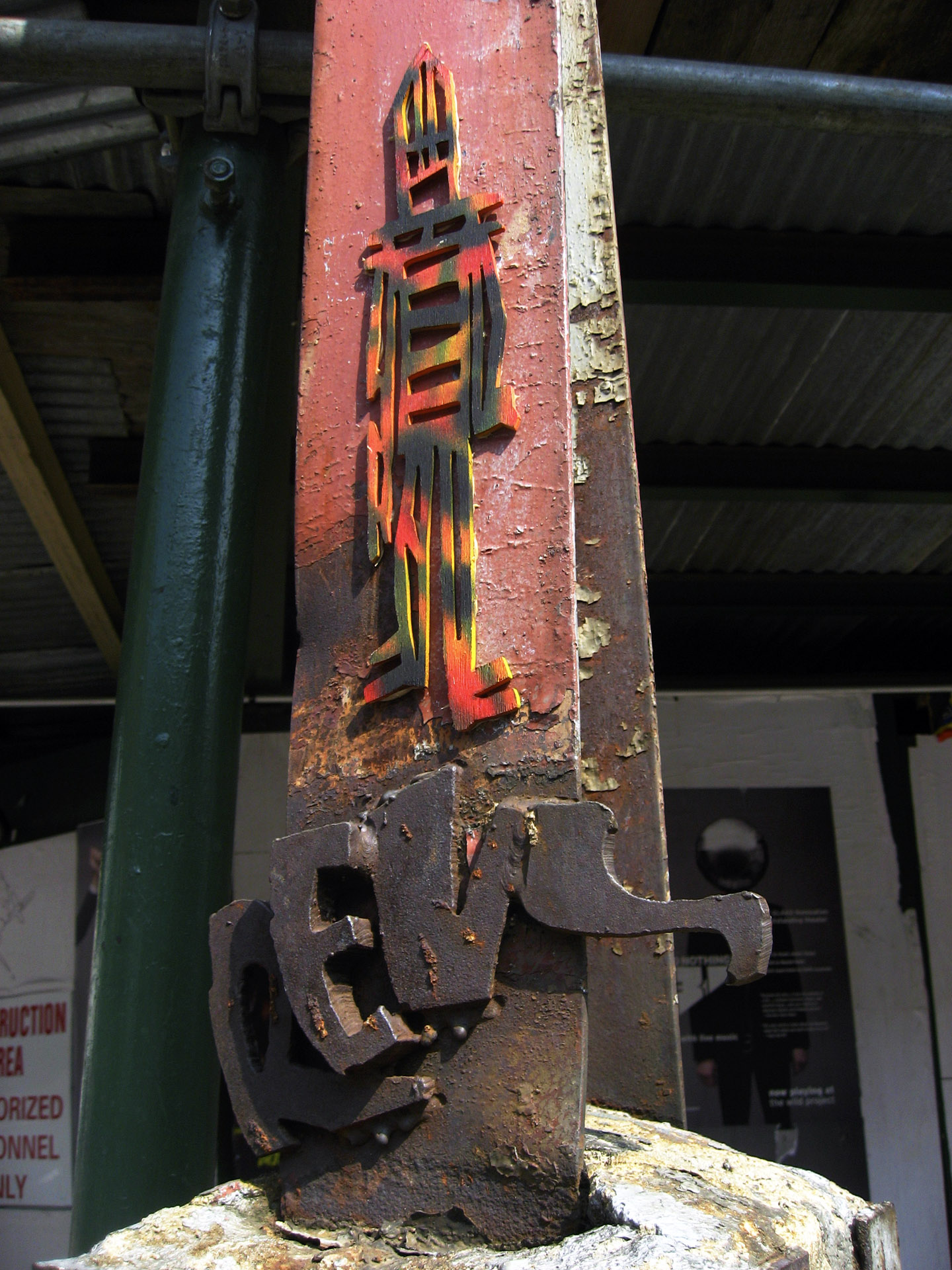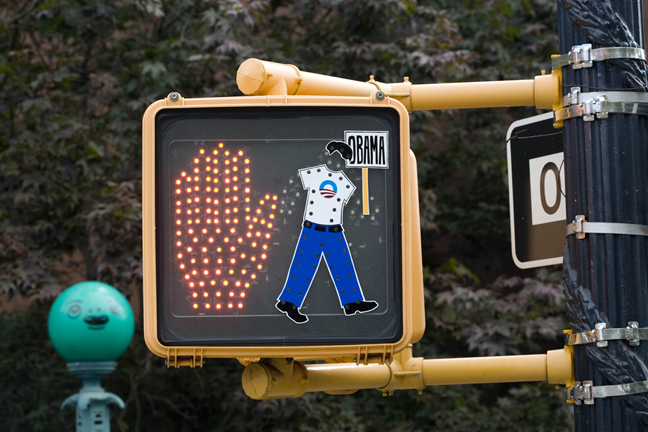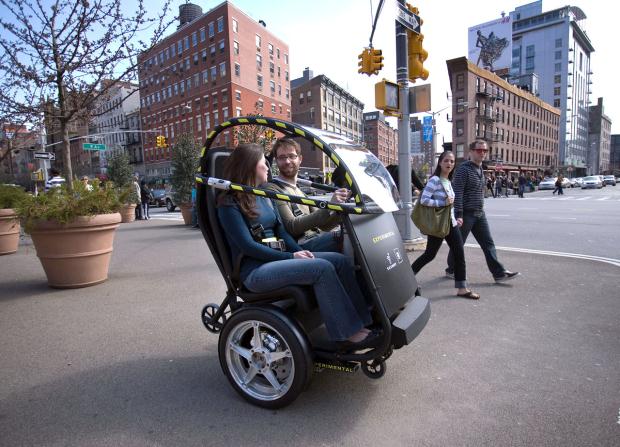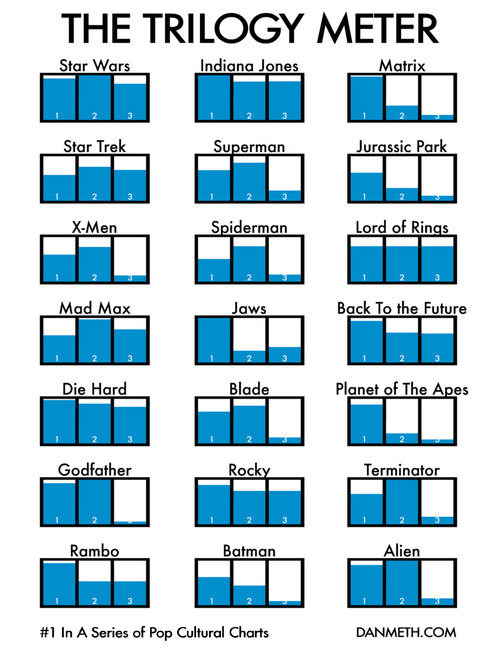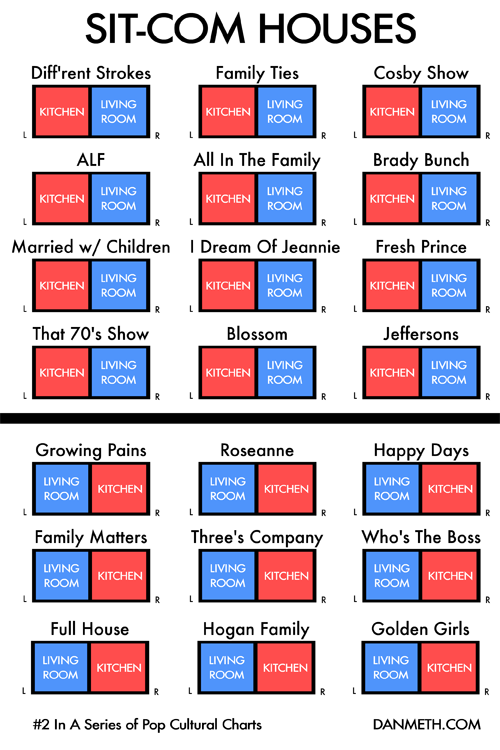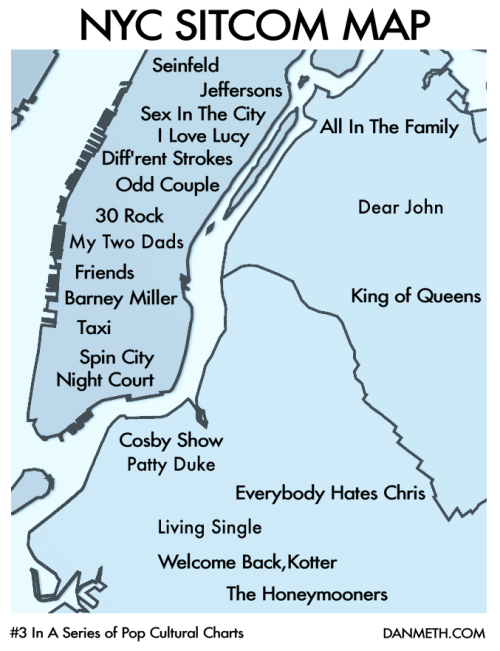LBJ came to our highest office with a unique set of legislative credentials, having spent
11 years in the House and
12 in the Senate. This unique understanding of the complexities of the
American legislative system contributed to his historic success in his initial 100 days, as well as the
overall reformative legacy of his presidency. Can
Obama hope to live up to Johnson's example, with his broad reform intentions and the Democratic majority of Congress?
We've already seen this term that
Obama can get his legislation passed without G.O.P. help, but the President's early success with his legislative agenda has not come easy, and has not come without resistance, even from within his own party's ranks.
In "
Can Obama Be a Majority of One?,"
Robert Dallek describes Johnson's approach:
Despite his majorities, Johnson took nothing for granted. He predicted 'a hard fight every inch of the way.' He told one adviser: 'I’ve watched the Congress from either the inside or the outside. . . for more than 40 years, and I’ve never seen a Congress that didn’t eventually take the measure of the president it was dealing with.'
To fend off the day when the Congress would resist his requests, Johnson launched a campaign of carrots and sticks that won majorities for his reforms. He directed aides to treat every member of Congress as if he or she was the center of the political universe. They were instructed to return a representative’s or senator’s call in '10 minutes or else.' Johnson himself devoted countless hours talking to them on the telephone.
Johnson wooed the leaders of the opposing party most aggressively, most notably Senate minority leader
Everett Dirksen. It seems as though Obama has already learned some of these lessons, courting Congress with trips to the Hill and invitations to the
White House (including for the
Super Bowl), and his
acceptance of earmarks in the recent omnibus bill suggests Obama's willingness to compromise in order to achieve some of his goals.
Challenges facing Obama, including a smaller Congressional majority than Johnson enjoyed, a lack of long-time ties to Congressional leaders, and "the worst economic crisis since the Great Depression" may hinder his progress, but the President's unprecedented popular support, "[rivaling] the approval F.D.R., Eisenhower, Kennedy and Reagan enjoyed," may likewise help his agenda.
Thanks, 100 Days!
Read more...


